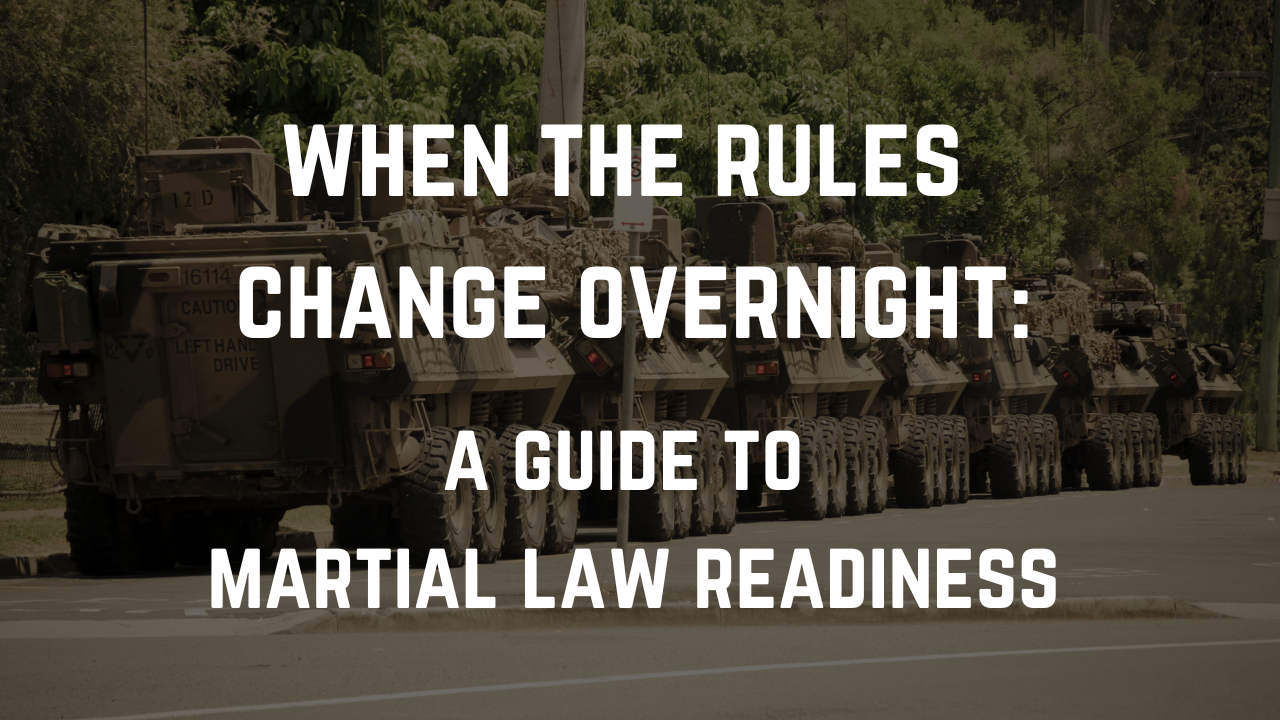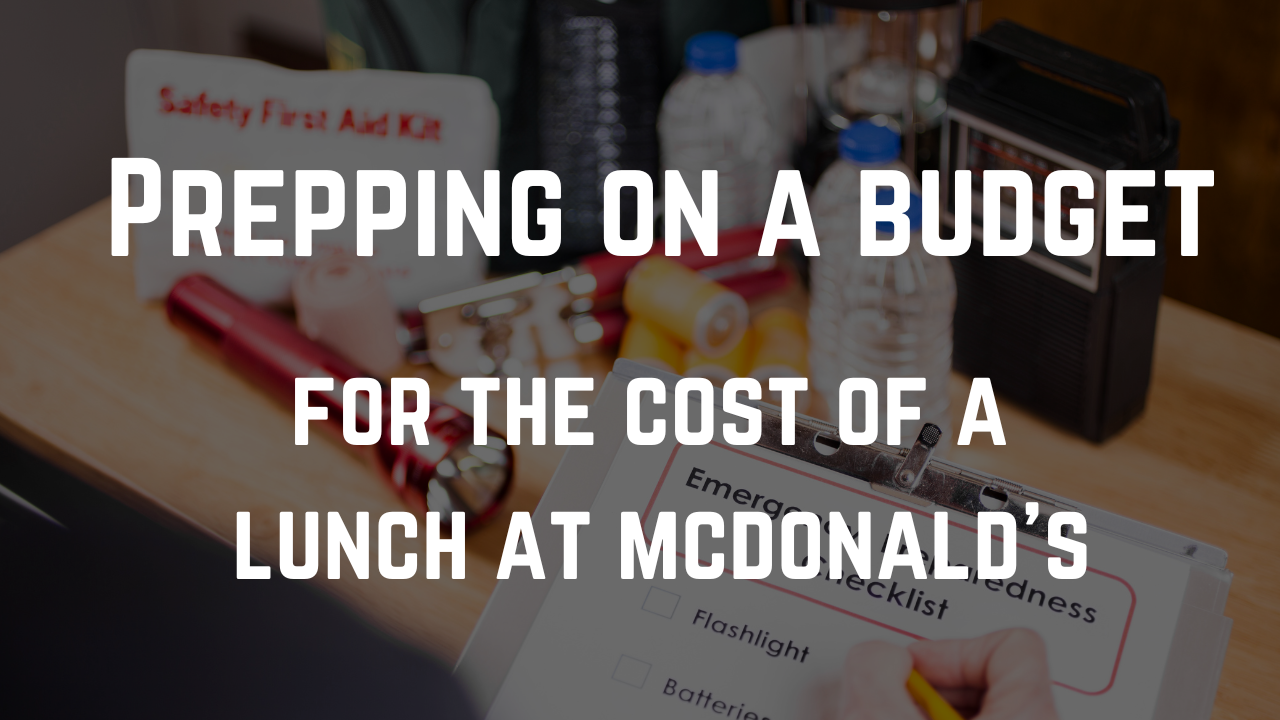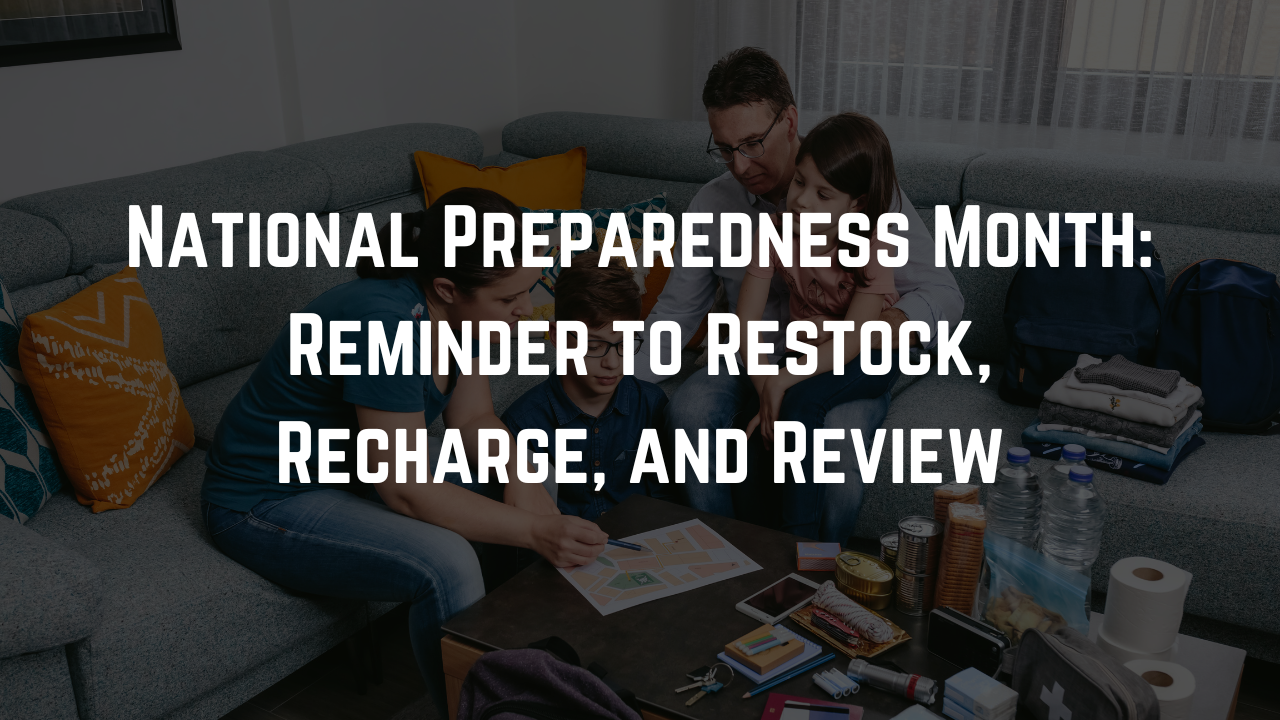
Studies show households with practiced evacuation plans experience 50% faster escape times during fires and natural disasters. Yet fewer than 1 in 4 families have a documented strategy.[1]
A plan does not need to be perfect; it needs to be practical and actionable. Dedicate just 30 minutes today to create or review your family’s evacuation plan. The peace of mind that comes with preparedness is well worth the time.
Download a printer-friendly PDF version here
Step 1: Identify Risks & Exits (5 min)
- Know your threats: Is your area prone to wildfires, hurricanes, or earthquakes? Check local risks.
- Map escape routes: Identify two ways out of every room (door/window).
- Pick a meeting spot: Choose a safe, easy-to-find location outside your home (e.g., neighbor’s mailbox, nearby park).
Step 2: Assign Responsibilities (5 min)
- Who grabs the emergency kit? (Keep it in an easily accessible place.)
- Who handles pets? (Leashes/carriers/food ready)
- Who helps young kids/elderly family members?
Step 3: Pack a “Grab & Go” Kit (10 min)
Keep these essentials in a backpack or duffel bag near an exit:
✓ Critical documents (IDs, insurance, medical records – digital copies on a USB/cloud)
✓ Phone charger + portable battery
✓ Cash (small bills) + spare keys
✓ Medications + first aid supplies
✓ Water + non-perishable snacks
✓ Flashlight + whistle
Step 4: Practice & Communicate (10 min)
- Run a drill: Time how fast everyone can get out.
- Discuss backup plans: What if the first exit is blocked? What if you’re not home?
- Save emergency contacts: Program numbers into phones (including out-of-town relatives).
Bonus: Tech Helpers
- Enable emergency alerts on phones (FEMA, local alerts).
- Use apps like iFirstAid or Zello (walkie-talkie app).
- View more recommended apps on our blog: 7 must-have apps that will boost your preparedness
[1] FEMA 2023 National Household Survey on Disaster Preparedness


